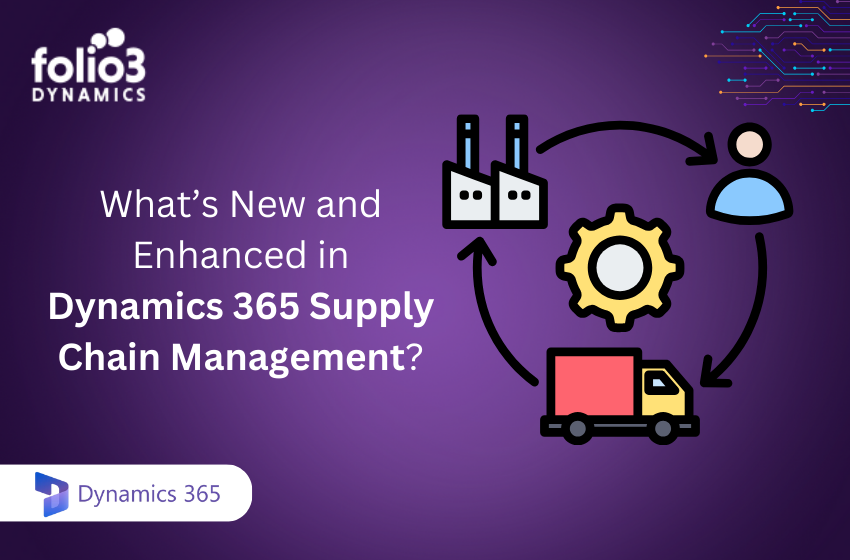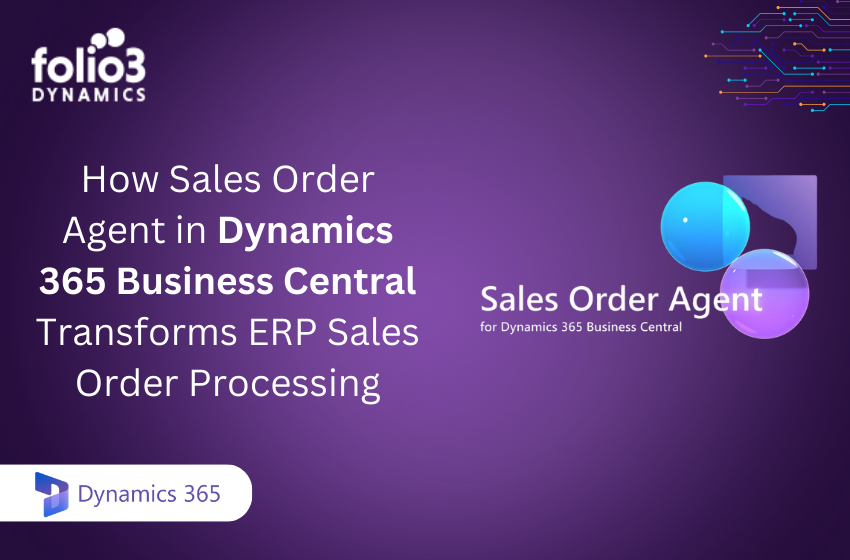No one can deny that the supply chain is the backbone of any management business whether it is a startup or a well-established business. If your supply chain does not have a proper structure, vision, and efficiency, your commercial growth may be compromised.
This means you continuously need to monitor and optimize relevant KPIs for supply chain management with pinpoint accuracy to ensure efficiency and efficacy.
By selecting the right KPIs for your business, you can make your organization way more productive, more intelligent, and ultimately, more profitable.
This post is all about the essential KPIs for supply chain management and examples of such KPIs. In addition to that, this article will also guide you about the ways you can maximize the value of these supply chain performance metrics.
What Are Supply Chain Metrics?
Supply chain metrics or KPIs are performance indicators mainly used by companies to monitor and optimize their productivity. This provides them with the ability to improve productivity in the supply chain.
Supply chain performance indicators or KPIs are considered to be the most useful tools available at your fingertips. This way you recognize the areas of your company that still need improvement.
Examples of Supply Chain Metrics
Let’s now talk about a few common but important examples of supply chain metrics used by businesses to optimize their performance. These KPIs will help you, and your organization, have a bright and successful future.
Cash-to-Cash Time Cycle
This KPI allows you to calculate the period required to change your resources into cash. These are three very important ratios used here namely the days of inventory (DOI), the days of payables (DOP), and the days of receivables (DOR). These ratios in the cash-to-cash time cycle KPI give an estimate of the period required between the moment your company pays the amount to its suppliers and the moment it receives cash from its clients or consumers.
Freight Bill Accuracy
No supply chain is complete without the shipping of the items from the supplier to your warehouse or warehouse to your customer. Any sort of problem in this process may prove to be harmful to your company’s performance.
Freight Bill accuracy is a KPI important for the profitability of your business as well as the satisfaction of your customers. Hence, this KPI can help you make your overall shipping accuracy better and help your business grow.
Perfect Order Rate
This KPI is used to measure the success of your capability to deliver orders accurately. This means you deliver your products incident-free, which ultimately helps you prevent problems such as damages, delays, and inventory losses.
Warehousing Costs
A healthy supply chain demands an appropriate cost distribution and management of time and space of your inventory. Managing all these can cost you too much if not handled accurately. The expenses vary depending on the warehouses.
Labor costs, warehouse rents, bills and costs of materials, and costs related to supplies, ordering, and storing the goods are all included in the management of the warehouse facility.
This KPI helps you monitor all such costs and devise ways to minimize the expenses. This way you will have a better chance to adjust the costs when and where needed.
Inventory Velocity
Inventory velocity is a very important key performance indicator (KPI) that calculates the speed at which the inventory in your warehouse is sold and restocked over a specific period.
It can be calculated as the cost of products or inventory sold divided by the average value of your product or inventory. It assists companies to observe their stock turnover. It also lets them assess the efficiency of their sales and restocking processes.
A higher inventory velocity means that the products are being sold very quickly and efficiently, while a lower inventory velocity may demonstrate that the products are being sold very slowly and that there are some problems with sales or inventory management.
By keeping an eye on inventory velocity, businesses can make informed decisions about inventory levels, enhance cash flow and reduce expenses accordingly.
Supply Chain Costs
Costs related to planning, managing teams, sourcing, delivering, etc all are included in supply chain costs. This will help you keep an eye on the overall efficiency of the company.
Any company that aims to increase its profit needs to reduce its costs. This is one of the smart strategies followed by well-known businesses. That way, the company can determine if there is any room for revision or not.
On-Time Shipping
This KPI is an outstanding indicator of the period you need to ship a specific product to a customer or partner. This will allow you to set a standard shipping time related to a specific product. This, in turn, will let you optimize your shipping process along with the delivery processes.
Delivery Time
Delivery time measures the period needed from the moment the order has been shipped to the customer to the time when the order has reached the customer’s doorstep.
Whenever a customer places an order, the company needs to make sure that the order is correctly prepared and reaches the customer on time. If not, your customers might get a very wrong impression of your company and may not choose your company for future orders.
Return Reason
This KPI gives you a better understanding of why your customer likely returned their orders. This lets you analyze your areas of weakness, investigate the quality of your supply chain process, and make improvements wherever needed. This will help you enhance your reputation and your overall service as well.
Why Are Supply Chain Metrics Important?
Supply chain metrics or KPIs are essential because they assist the supply chain manager to measure the performance of their teams, determining if any improvement is required or not, monitoring the overall performance and progress, and making decisions accordingly.
They provide insights into key performance indicators KPIs used in supply chain management such as cost, quality, lead time, delivery accuracy, and inventory levels. By monitoring these metrics, companies can enhance and improve the supply chain processes, reduce any waste production and inefficiencies, enhance customer satisfaction, and increase competitiveness in the field of business.
How To Take Advantage Of Professional Supply Chain Metrics & KPIs
Here are 5 tips for you to take advantage of supply chain metrics and KPIs.
Set SMART goals
If you wish to get a better understanding of your supply chain metrics, you must set SMART KPI goals. SMART stands for
- Specific
- Measurable
- Attainable
- Relevant
- Time-Bound
You must follow this criterion if you want to get full advantage of the KPIs mentioned above. Make sure you work collaboratively through each goal and follow every necessary step.
Track everything regularly and continuously
Many logistics managers tend to avoid this common yet important detail I.e they avoid tracking everything regularly.
Each step of the supply chain process matters, and you must monitor every key indicator regularly since these indicators are always subject to change.
Consistency is the key to success therefore you must monitor everything regularly if you wish to keep an eye on the overall performance of the team and to see if any improvement is required in the process.
Tie all of your insights together into a dashboard
Once you gain an insight into every little detail of the process, you must tie them all together in one cohesive, interactive BI dashboard which is the only way to add value to your insight.
A single platform or a dashboard will let you keep a close eye on everything at the same time. This way, you don’t have to keep a track of everything separately.
Ensure that everyone in your team is tapped into the ecosystem
You need to ensure that everyone in your team involved in supply chain management has access to all the necessary indicators and the insights obtained through them. This will allow them to perform accordingly and improve themselves.
How Can Microsoft Dynamics365 help?
Microsoft Dynamics 365 is a very flexible CRM system that allows companies to use out-of-the-box fields for the CRM records or develop a field for an OOB. Businesses can then guarantee that the KPIs that are important for them are correctly revamped in CRM. Later on, they can use the CRM records to investigate and monitor their KPIs for the supply chain management.
Folio3 authorizes businesses to tap into the location element of the company’s data. It also permits them to imagine and use the CRM data and further dig into the analyzed data to explore other opportunities based on different KPIs for the supply chain management.
Dashboards in Dynamics 365 CRM are an incredible way to have the information organized which is important for a user to analyze the supply chain metrics or KPIs.
FAQs
What Are Key Performance Indicators (KPIs)?
KPIs are estimates used to assess the performance of a business. KPIs can be quantitative or qualitative and are targets that can help you estimate your overall progress against your most strategic objectives
Why are key performance indicators so important?
KPIs are important because they help you understand where you as an organization stands. It helps you set goals and gives you a deep insight into if you are making progress or not, if you are achieving your goals or not, and if you’re headed in the direction you want.
Why are KPIs used in supply chain management?
Key performance indicators (KPIs) are used in supply chain management to estimate and observe the performance of various cycles and actions occurring in the supply chain. KPIs can help to:
- Monitor the efficiency and efficacy of processes
- Determine the areas where improvement is required
- Ensure customer happiness and satisfaction
- Assess the financial well-being of the supply chain.


